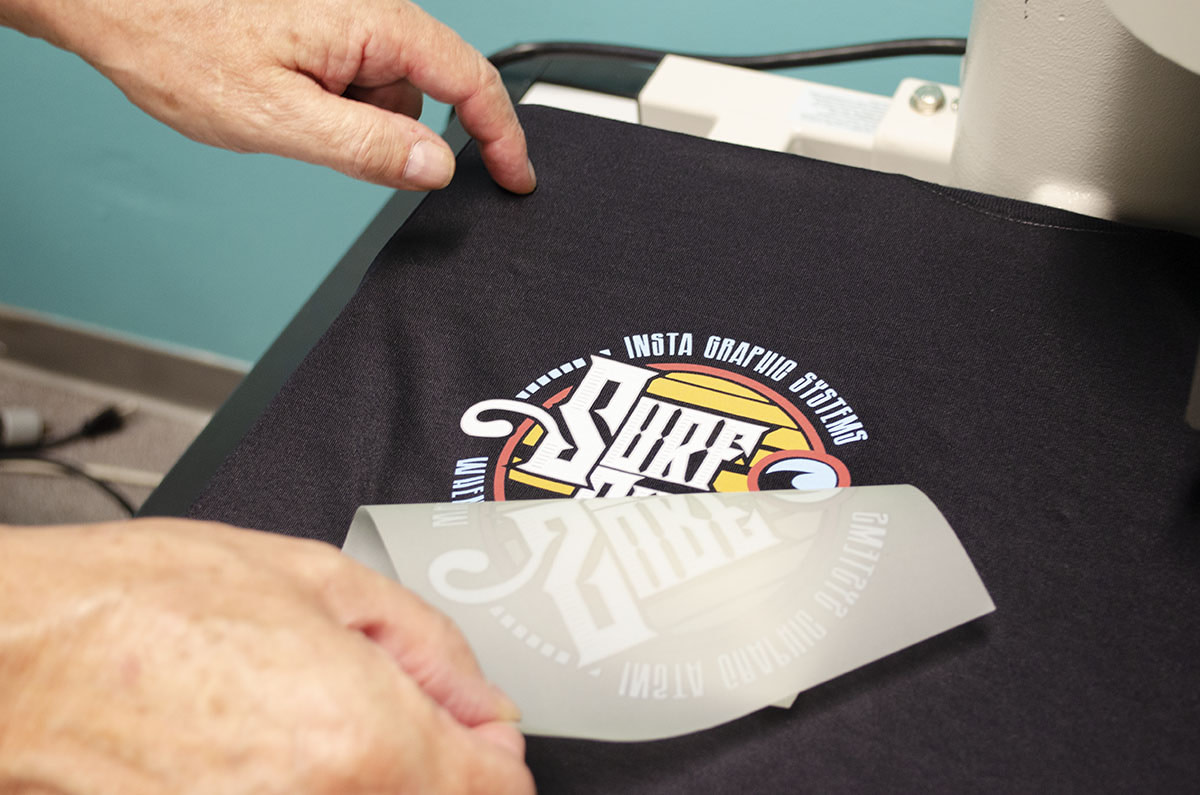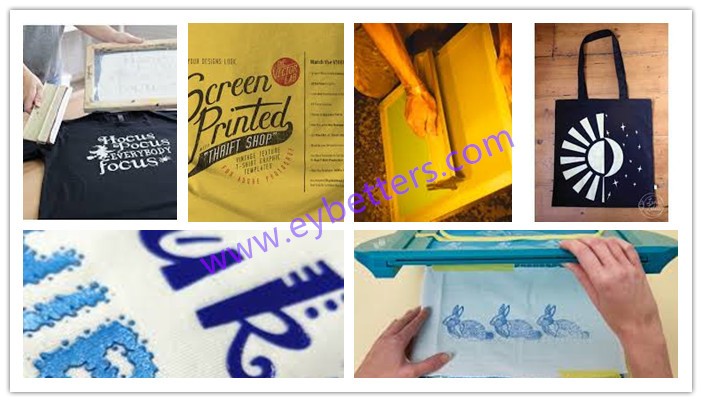Little Known Facts About Tx Tees.
Little Known Facts About Tx Tees.
Blog Article
The Best Guide To Tx Tees
Table of ContentsHow Tx Tees can Save You Time, Stress, and Money.The 5-Minute Rule for Tx TeesSome Known Factual Statements About Tx Tees 4 Easy Facts About Tx Tees DescribedHow Tx Tees can Save You Time, Stress, and Money.Some Ideas on Tx Tees You Need To KnowThe Main Principles Of Tx Tees
Include up other prices, like the number of energies it takes to run the store and the expense of ink and emulsion per layout. Take the print below.The emulsion should only be a couple of cents because you 'd just need to layer one display for this work. Usually, printers try to make up to 45% profit on a print job.

With DTF, you can publish a handful of tee shirts, or simply one. Use the same calculator as the area above to calculate how much earnings you 'd make using DTF transfers. Compare the prices and revenues to whichever method speaks best to your arrangement and process. Both display printing and DTF have their specific niches on the planet.
Some Known Factual Statements About Tx Tees
The very best means to understand? Ask about and see what print shops like yours are doing. t-shirt printing. Try both out and see which you like much better
When you're picking what kind of printing method to use for printing your art work layouts on your garments, it's essential that you understand the distinctions in between these 2 strategies so you can take full advantage of outcomes while decreasing prices. Display printing is one of the most generally utilized method for publishing styles on textiles.
DTG printing is likewise recognized as place or straight to garment printing due to the fact that it publishes just what is required as opposed to making a screen as screen printers do. https://canvas.instructure.com/eportfolios/2821438/Home/Get_Creative_with_TX_Tees_Your_Ultimate_Screen_Printing_Shop. Screen printing functions by screen filler squeegee display printing ink screen mesh screen, then moving the picture to garment using warmth and/or pressure
The DTG printer makes use of special dye-sublimation inks that are used into a pre-designed image by a digital printing system. The inks become part of the material, enabling vivid colors and extraordinary detail. It's additionally known as place or direct to garment printing because it publishes just what is needed as opposed to making a display as screen printers do.
Tx Tees Can Be Fun For Everyone
It's much quicker - you can publish a fullcolor photo in mins, as opposed to hours for display printing. Second, there's no set up time or costs included - you can print any type of layout you such as, without needing to develop a screen first. Third, there's no waste - due to the fact that display printers display print one layout at once, they need to evaluate each shade independently.
The paper is really pricey and can just be made use of as soon as. Once it's published on, it needs to be discarded. - The initial purchase price is less than the upfront financial investment of DTG printers- You can print multi-color styles one screen each time rather of needing to publish each color individually like DTG printing.

Our Tx Tees Ideas
Rather of making use of screen mesh as screen printers do, color sublimation printers make use of laser technology to move your photos onto garments or paper. A heat process transfers the color from its solid-state straight right into the gas phase which in turn fuses it onto material substratums when they are swiftly heated to high temperatures under high stress.
Sublimation printing is green. It uses less water than screenprinting, and since it doesn't entail the usage of damaging solvents, it's secure for all kinds of clothing. The color sublimation inks are also odor free when treated, unlike screen printers that utilize harmful chemicals during the screen printing process that leave behind an undesirable odor.
They also save money on costly devices like exposure units given that dye sublimation printers do not require a UV direct exposure unit or a flash cure oven that is typically made use of in display printing (screen printer). What is straight to garment printing (DTG Printing)? DTG printing is an electronic screenprinting procedure that publishes straight onto material utilizing specialized inkjet printers
How Tx Tees can Save You Time, Stress, and Money.
DTG printing offers several benefits over traditional screenprinting, consisting of the capacity to publish photographic top quality pictures, greater shade vibrancy, and the capability to print styles on darker fabrics. DTG printers function this content by heating the textile ink up until it turns right into a gas. The gas then permeates the fabric, bonding with the fibers to develop a permanent print.

Display printers just prepare their screen after that start printing until they run out of item or ink.- There is a vast array of experienced display printers around the globe, which can be handy for newbies. - It's a slower process - screen printers often need to wait for the ink to completely dry prior to they can publish the next shade- Screen printers need hands-on labor, so there's a higher knowing curve and it takes longer to generate a top quality style- Screen printing isn't as exact as DTG printing, so you might get some "blood loss" of shades from one component of the image onto an additional otherwise done correctly.
Tx Tees Fundamentals Explained
Instead of utilizing screen mesh as screen printers do, color sublimation printers use laser modern technology to transfer your photos onto garments or paper. A heat process moves the dye from its solid-state straight into the gas phase which subsequently fuses it onto material substratums when they are rapidly heated up to high temperature levels under high pressure.
Sublimation printing is eco-friendly. It uses much less water than screenprinting, and due to the fact that it does not include using dangerous solvents, it's safe for all types of garments. The dye sublimation inks are likewise unsmelling when cured, unlike screen printers that make use of damaging chemicals throughout the screen printing process that leave behind an undesirable smell.
They likewise save cash on expensive tools like exposure systems because color sublimation printers do not call for a UV exposure unit or a flash treatment stove that is typically used in screen printing. What is direct to garment printing (DTG Printing)? DTG printing is a digital screenprinting process that prints directly onto material utilizing specialized inkjet printers.
Getting The Tx Tees To Work
DTG printing supplies several advantages over traditional screenprinting, consisting of the capacity to publish photo top quality images, higher color vibrancy, and the capability to print designs on darker fabrics. DTG printers function by warming the fabric ink until it develops into a gas. The gas after that penetrates the material, bonding with the fibers to create an irreversible print.
Report this page